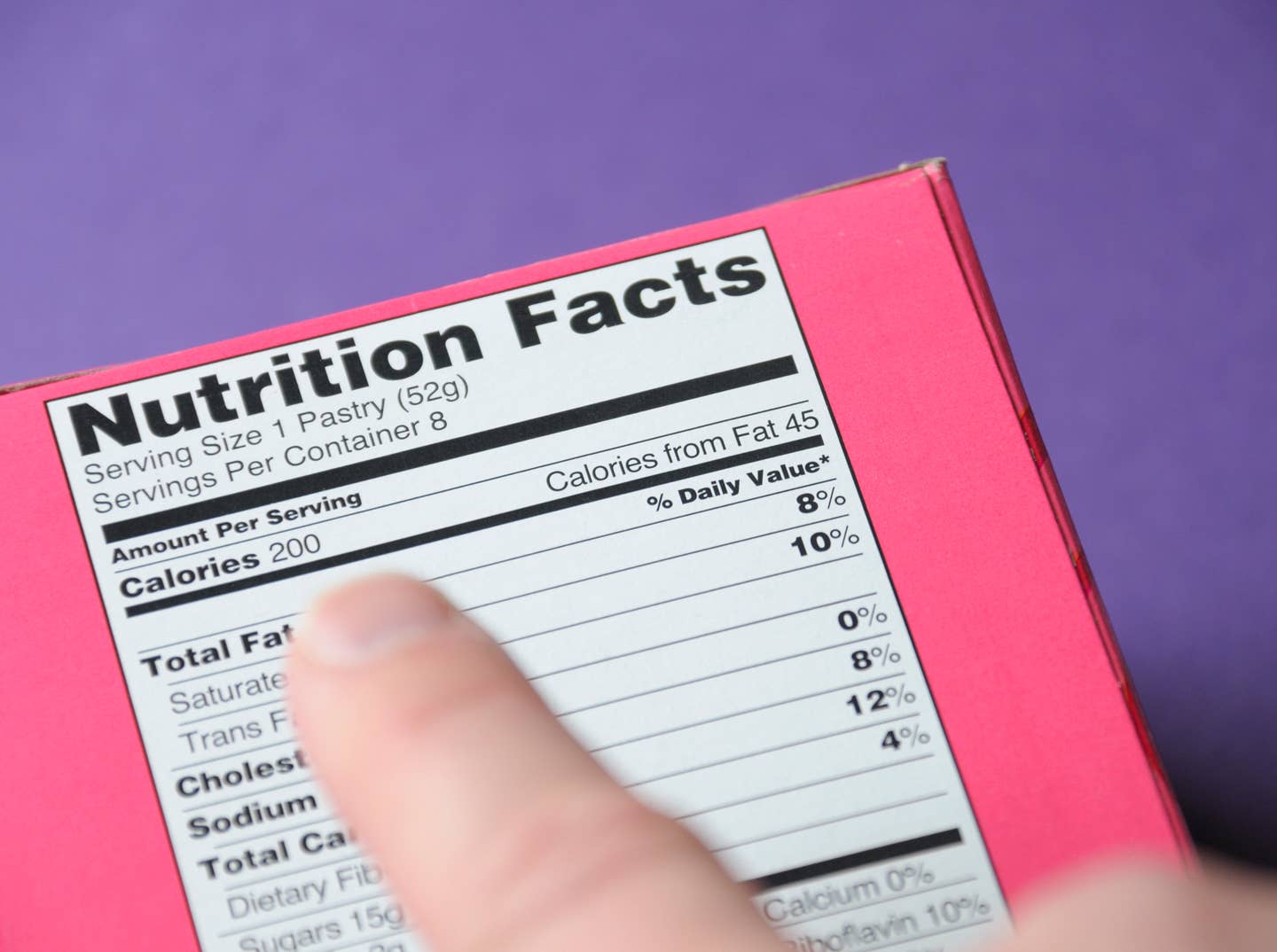
Ask The Expert: What is Truly Important on a Nutrition Label?
Q: How the heck do I pick out what’s important on a nutrition label? Is it fat? Fiber? Protein? What do I want to see more of and less of when choosing a food?
A: I think all of the facts on the nutrition label are important, but I also understand that no one has the time to read every single line on the back of the package. What’s most important on the nutrition facts label is a bit different for everyone, since everyone has their own goals and medical history. For instance, someone with high blood pressure should pay extra attention to sodium. And someone with Diabetes will look at carbs first. But if you don’t have any medical conditions and just want to quickly scan the food label to determine if it’s a good choice, here’s the four things I recommend looking at first.
- Ingredients: Numbers can be deceiving. Even though a food may be low in calories, carbs, sugar or fat doesn’t mean it’s the best option. Look for ingredients that you recognize, and try to avoid things that sound very processed, like yellow #5. For grains, look for the word “whole” in the ingredients list, which signifies that it contains whole grains.
- Protein: Plant-based foods can be lacking in protein, so take note of this macronutrient. Protein is essential for maintaining muscle mass, satisfying hunger and contributing to feelings of fullness. Foods with low amounts of protein, like chips, pretzels and many desserts, won’t fill you up for very long.
- Serving size: You may pick up a drink and notice that it has 100 calories. But the serving size is only 8-ounces, and there are 2.5 servings per container. That means the 20-ounce bottle has 250 calories and not the 100 that is listed on the label. This is one of the major flaws of the nutrition label. As a matter of fact, the nutrition facts panel is going through a major overhaul, so that the numbers you see on the label will soon reflect the amount in one realistic serving. Unfortunately, this hasn’t been put into practice yet, so remember to take a look at the serving size.
- Focus on fiber: Many people are too focused on calories, carbs, protein and fat to notice fiber, but this neglected nutrient is just as significant. Research suggests that diets high in dietary fiber can reduce your risk of developing serious conditions like heart disease, stroke and type 2 diabetes. Unfortunately, only 5 percent of Americans meet daily recommended amounts of 25 grams for women and 38 grams for men. And besides the health implications, fiber helps keep you full and is usually synonymous with healthy foods.
Don’t get me wrong, there are other aspects of the nutrition label that are important, like sugar, calories and saturated fat, but a glance at the four aforementioned components is a good place to start.
More From The Beet






